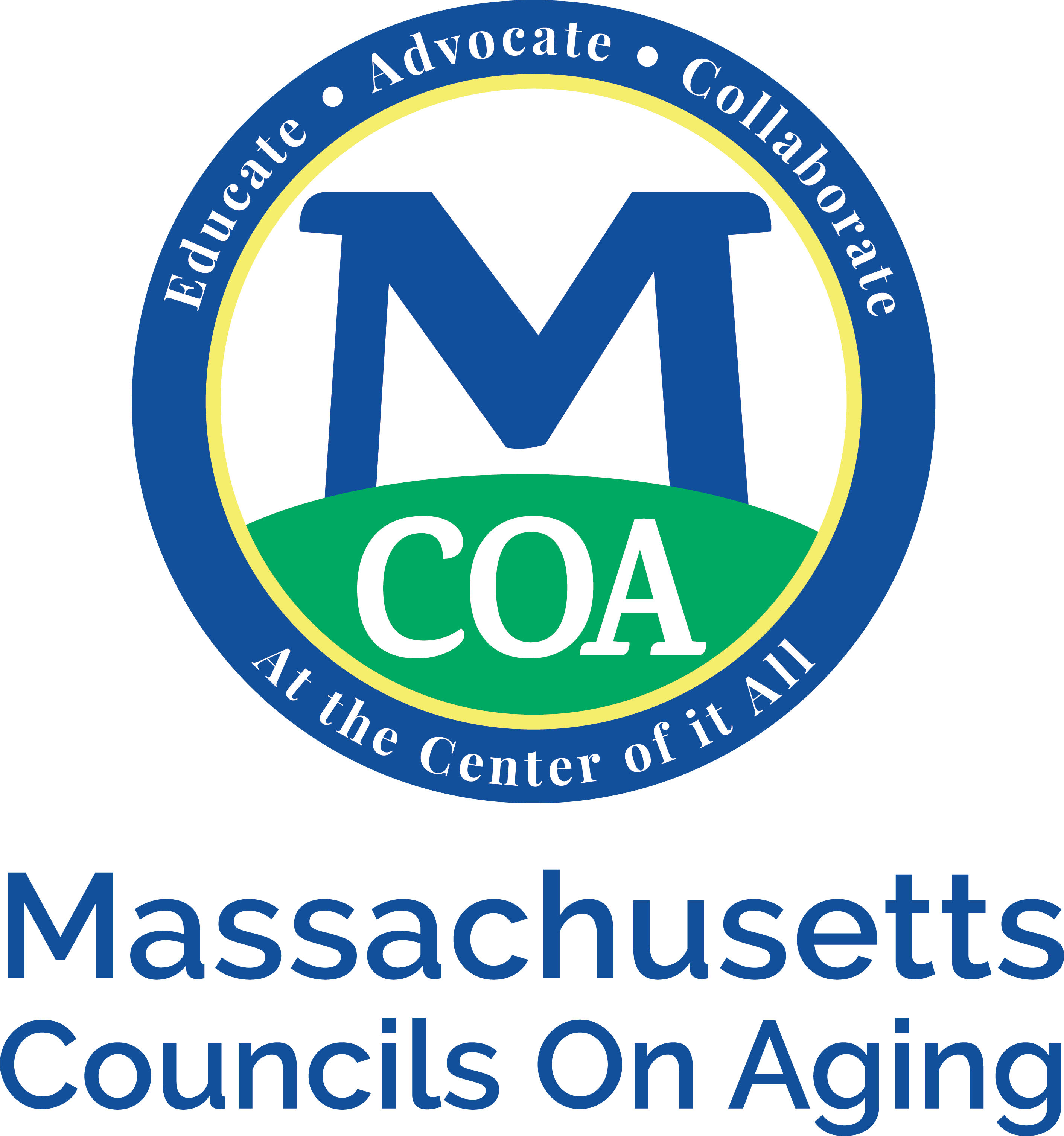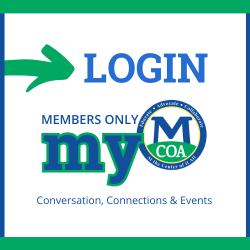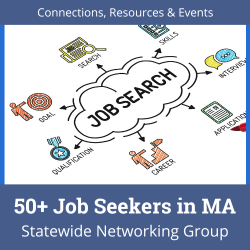Feb 4, 2025 | Chronic Diseases, Fitness, Healthy Aging, Nutrition, Public Health
 February is a month of love, but it’s also a time to raise awareness about critical health issues affecting women, especially African American women and older adults. With Valentine’s Day symbolizing love and connection and World Pulses Day (February 10) promoting heart-healthy nutrition, it’s the perfect time to discuss how we can show love to our hearts and bodies.
February is a month of love, but it’s also a time to raise awareness about critical health issues affecting women, especially African American women and older adults. With Valentine’s Day symbolizing love and connection and World Pulses Day (February 10) promoting heart-healthy nutrition, it’s the perfect time to discuss how we can show love to our hearts and bodies.
The Link Between Heart Health and Cancer
Heart disease and cancer are the two leading causes of death among women in the United States, particularly for older adults. While they may seem like separate health concerns, they are closely connected. Cancer treatments—such as chemotherapy, radiation, and hormone therapy—can increase the risk of heart disease, especially in aging adults whose cardiovascular systems may already be weakened. Additionally, both heart disease and cancer share common risk factors, including poor diet, lack of physical activity, and chronic stress.
African American women, in particular, face a higher risk for both conditions. They are more likely to develop heart disease earlier in life and experience more aggressive forms of breast cancer. Social determinants of health—such as limited access to nutritious foods, healthcare disparities, and high levels of stress—play a significant role in these health inequities.
Why Heart Health Matters for Women, Especially Older Adults
Women often experience different symptoms of heart disease than men, making it harder to recognize the warning signs. Instead of the classic chest pain, women may feel shortness of breath, nausea, dizziness, or jaw pain. Unfortunately, heart disease is sometimes overlooked in women, leading to delayed treatment and worse outcomes.
For older women, the risk increases with age due to factors such as:
- Arterial Stiffening – Blood vessels lose elasticity, making it harder for the heart to pump efficiently.
- Menopause-Related Changes – Declining estrogen levels can lead to higher cholesterol and increased cardiovascular risk.
- Weakened Heart Muscle – Aging can lead to heart failure, where the heart struggles to pump blood effectively.
- Multiple Chronic Conditions – Many older adults manage conditions like diabetes, high blood pressure, and arthritis, which can compound heart health risks.
For older African American women, the risks are even more pronounced. According to the American Heart Association, nearly 50% of Black women over the age of 20 have some form of heart disease, with numbers increasing significantly among seniors. High blood pressure, obesity, and diabetes remain leading causes, yet many of these conditions can be managed through lifestyle changes.
To learn more about the risk and signs of heart disease and to increase awareness, visit www.goredforwomen.org
World Pulses Day: A Celebration of Heart-Healthy Foods
One simple yet powerful way to support heart health is through nutrition. That’s where World Pulses Day, February 10 comes in. Pulses—such as beans, lentils, chickpeas, and peas—are packed with fiber, plant-based protein, and essential nutrients that support heart health.
For older adults, pulses are particularly beneficial because they:
- Help lower cholesterol naturally, reducing the risk of heart disease.
- Are high in soluble fiber, aiding in digestion and preventing constipation, a common issue in aging.
- Are gentle on blood sugar levels, making them great for those managing diabetes.
- Provide plant-based protein, which is essential for maintaining muscle strength and bone health.
For African American women, incorporating more pulses into traditional dishes can be a delicious and health-conscious choice. Try adding black-eyed peas to salads, making lentil-based soups, or substituting beans for meat in stews.
Show Your Heart Some Love This Valentine’s Day
This Valentine’s Day, go beyond chocolates and flowers—show love to your heart and encourage others to do the same. Here are a few heart-healthy ways for older adults to celebrate:
- Cook a Heart-Healthy Meal – Prepare a meal rich in pulses, vegetables, and healthy fats.
- Move Together – Engage in low-impact activities like walking, swimming, or chair yoga.
- Get Screened – Regular check-ups for blood pressure, cholesterol, and heart function are crucial as we age.
- Stay Socially Connected – Loneliness can contribute to heart disease; spend time with loved ones or join community groups.
- Spread Awareness – Share information about heart disease and cancer prevention with the women in your life.
A Lifetime of Love for Your Heart
Aging doesn’t mean giving up on good health. In fact, it’s never too late to make lifestyle changes that benefit your heart. By embracing heart-healthy habits, staying active, and making mindful food choices, older adults—especially African American women—can take control of their heart health and overall well-being.
This February, let’s celebrate love—not just for others, but for our hearts and our health.
Nov 1, 2024 | Chronic Diseases, Economic Security & Outreach Blog, Fitness, Healthy Aging, Malnutrition, News, Nutrition
Important HIP News
Yes, it’s true. DTA announced it’s lowering the monthly HIP benefit for ALL SNAP households to $20 per month, starting December 1, 2024, so the program can run all year long. The program needs $25 million annually but was only funded at $15 million in the FY2025 budget. Learn how to maximize your SNAP benefits.
The Massachusetts Food System Collaborative’s Campaign for HIP Funding released a call to action asking advocates to call the Governor’s office and legislative leadership (Speaker of the House Ron Mariano, HWM Chair Aaron Michlewitz, Senate President Karen Spilka, and SWM Chair Michael Rodrigues), asking them to urgently dedicate $10 million in supplemental funding for HIP and to stop the cut. Email Rebecca Miller, Policy Director at the Massachusetts Food System Collaborative, at rebecca@mafoodsystem.org with any questions about this advocacy alert.
MCOA ActiveAgers runs all year long
Check out the (current) top ten statewide physical activity categories.
Even if you missed the September 15 deadline, you can still submit your data dating back to January 1. The more data we have, the more robust a picture we can share with the network. Even better, the second round of data covering September 1 – December 31 is eligible for prize drawings.
Review the MCOA ActiveAgers Toolkit or email tara@mcoaonline.org with questions.
Free Webinar Series
Prioritizing What Matters to Older Adults Living with Chronic Disease: This National Center for Equitable Care for Elders learning collaborative webinar series focuses on age-friendly approaches to encourage the development and maintenance of healthy lifestyle behaviors in older adults. Participants will discuss special considerations for chronic disease self-management in an aging population, including physiological changes and social risk factors. Upon application, you will receive the session 1 recording and slides– and join us live for sessions 2-4. Session Two: November 5; Session Three: November 19; Session Four: December 3, 2024. All sessions 2-3 p.m.
Older Adults Meal Funding is in Jeopardy (NANASP Updates)
- This is a crucial time for NANASP members to communicate with their Members of Congress, and share local data and stories from clients on the impact of funding challenges. Find your representatives here. In this current fiscal year, we have the first reduction in the Older Americans Act nutrition program in years with an $8 million overall cut. Neither the Senate nor the House proposal has restored this cut. This has to happen. Here’s what you can do:
- Your Voice Matters! Take our survey to share the impact of funding cuts on your program and clients. Your response is CRUCIAL for our advocacy efforts.
- Write to your Members of Congress to share with them how vital your program and services are for their older constituents. Make sure to share data and testimonies from your clients.
- NANASP and Meals on Wheels America, submitted a letter with 63 other national organizations to Congressional leadership advocating for $200 million in emergency (non-disaster) funding before the end of the year to address the growing waitlists for OAA senior nutrition programs. This funding would provide nearly 75 million additional meals and serve almost 650,000 more older adults. Congress is slated to return November 12th and has a lot on its plate. It has just one month to approve FY25 appropriations bills before the current Continuing Resolution expires on December 20th. The CR holds funding for all programs at FY24 levels and we are hoping for increased funding in the final FY25 bill.
- While we’re advocating for increased funding in FY25, there’s still money on the table your program may be eligible for. Pandemic-era State and Local Fiscal Recovery Funds (SLFRF) under the American Rescue Plan Act (ARPA) will disappear on December 31 if not used! This was allocated to state, local, Tribal, and territorial governments to use in providing assistance to nonprofits and others. What you can do: Use the National Council of Nonprofits’ guide to secure remaining funds before the December 31 deadline! This is separate from OAA-specific ARPA funds disbursed by State Units on Aging, which we will have an update on in our next bulletin.
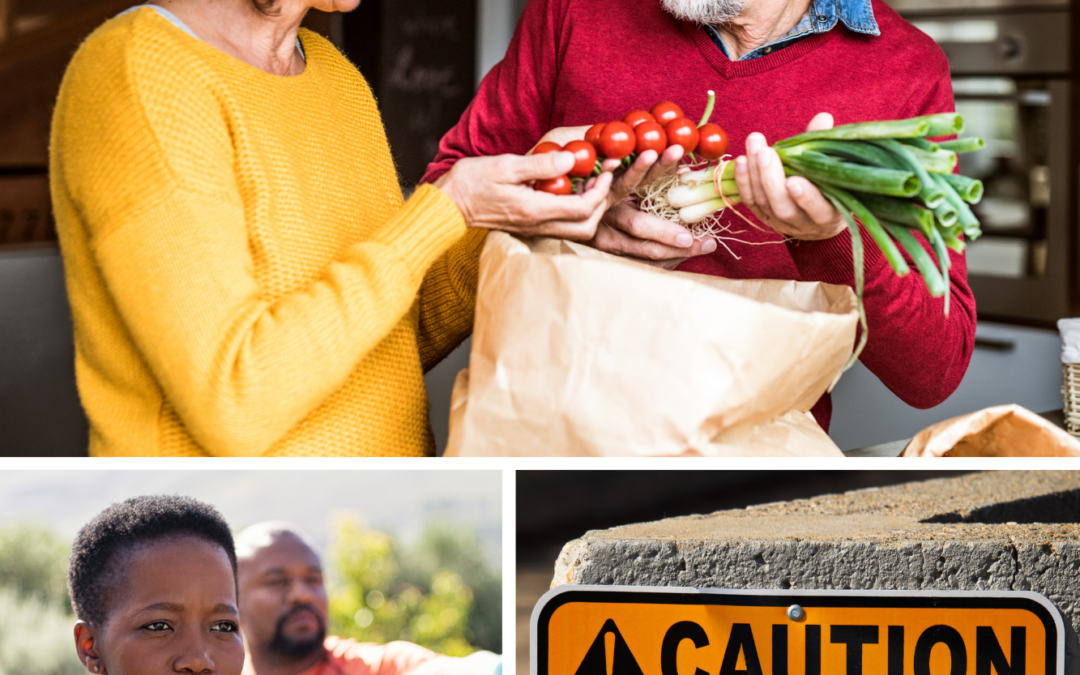
Aug 26, 2024 | Education & Training, Falls Prevention, Fitness, Healthy Aging, Malnutrition, Member Services, Nutrition, Public Health
ActiveAgers data is due in only a few weeks (September 15)! Remember to submit your data covering Jan 1 – Aug 30 to be eligible for individual and COA prizes. See p. 4 for details. Email them (and any questions) to tara@mcoaonline.org Kudos to those who already submitted reports!
Feeding America Research Finds nearly 12 million adults 50+ experienced food insecurity in 2022. New research from Feeding America “estimates 1 in 11 [60y+] faced hunger in the United States in 2022.” These numbers are up from the previous year, and food insecurity can greatly impact the way we age. Nationwide, this percentage is 8.7% and in Massachusetts it’s 7.1%.
Malnutrition Awareness Week is September 16-20 – Use the special code MAW-MCOA to access complimentary webinars. Additional resources on ASPEN’s Spread the Word page to help you plan and promote Malnutrition Awareness Week include:
-
- A tip sheet and ambassador success stories for organizing MAW activities
- A media toolkit with tips for contacting local newspapers and TV and radio stations, a press release template, and prepared public service announcements (PSAs)
- Malnutrition Awareness Week stickers (PDF) in English, Spanish, and Portuguese. And if you’re in the U.S. or Canada, you can order pre-printed stickers by filling out this form.
How HIP Works: We are deep in produce harvest and farmers’ market season. Remember, if one has SNAP benefits, they automatically receive HIP benefits which boost purchases on fruits, vegetable, etc. Check out the video for a refresher on the program.
Falls Prevention Week is September 23-27 – In addition to NCOA’s toolkit, remember to access the free Stepping Up Your Nutrition workshop leader training.
An eLearning Library from the National Center for Equitable Care for Elders – includes modules such as:
Aug 12, 2024 | Economic Security & Outreach Blog, Fitness, Healthy Aging, Legislative Alerts, Nutrition
How do you participate in ActiveAgers?
We’re receiving this question often and thrilled to see the interest! If you’re running any physical activity programs through your center, you’re essentially participating. To make it official, submit a summary of your classes with participation numbers (not names). All you need to do is export a report of your physical activity program from the software you’re using (My Senior Center, ServTracker, etc.)
We are collecting your data in two phases so we can hold two raffle drawings this year. Submit your first report by September 15. This report covers January 1 – August 30. See p.4 in the toolkit for more information. Winners will be drawn mid-September.
Remember to share your fitness stories online and use #ActiveAgers so we can easily find everyone across the state!
Contact Tara@mcoaonline.com 413-923-2160 with questions.
Action Alert for OAA Reauthorization Act of 2024!
We have the first reduction in the Older Americans Act nutrition program in years with an $8 million overall cut. Neither the Senate nor the House proposal has restored this cut. Convey your personalized message that cuts hurt! As there is no House bill, ask them to co-sponsor or publicly support S4776.
If your COA provides SNAP outreach or assistance, you can become a community partner and receive reimbursement for your efforts. If aren’t doing so but are interested, this message is also for you! Monthly SNAP Community Partner webinars are offered through UMass Medical. Contact and answer all your questions. Contact Jayna Mistry at snap@umassmed.edu, 508-856-3139
SNAP Restaurant Meals Program Pilot
There are now fourteen restaurants and food truck statewide accepting SNAP benefits as payment. Six more are becoming certified. Search here to find an establishment near you.
May 29, 2024 | Fitness, Healthy Aging
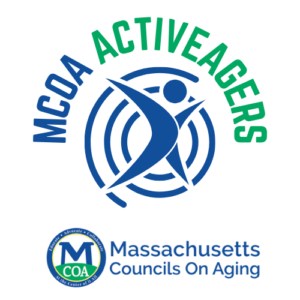 MCOA’s ActiveAgers (ActiveAgers) is an exciting new initiative aimed at promoting physical activity and enhancing the quality of life for seniors across Massachusetts. This program shines a spotlight on the diverse and dynamic fitness programs offered by local Councils on Aging (COAs), centers for active living, and senior centers. By bringing together these programs under the ActiveAgers umbrella, MCOA aims to create a supportive community focused on health, wellness, and active living for seniors.
MCOA’s ActiveAgers (ActiveAgers) is an exciting new initiative aimed at promoting physical activity and enhancing the quality of life for seniors across Massachusetts. This program shines a spotlight on the diverse and dynamic fitness programs offered by local Councils on Aging (COAs), centers for active living, and senior centers. By bringing together these programs under the ActiveAgers umbrella, MCOA aims to create a supportive community focused on health, wellness, and active living for seniors.
A Collective Approach to Wellness
ActiveAgers is more than just a fitness program; it is a collective movement that recognizes and rewards participation, welcomes individuals of all abilities, and celebrates the efforts of COAs and their participants. The initiative is built on the existing work of COAs, enhancing and expanding their physical activity offerings.
How ActiveAgers Works
- Run Physical Activity Programs: COAs continue to operate their physical activity programs, which can include a variety of activities such as yoga, walking clubs, dance classes, and more.
- Submit Participation Data: COAs track and submit data on participation, helping to measure the program’s reach and impact.
- Get Ready to Win: Participation is recognized and rewarded. COAs and individuals can earn accolades and incentives for their involvement and achievements.
- Celebrate: Celebrate the collective accomplishments and the positive impact on community health and well-being.
Resources and Support
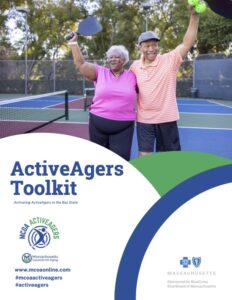 The ActiveAgers Toolkit 2024 is a comprehensive resource designed to support COAs and participants. It includes:
The ActiveAgers Toolkit 2024 is a comprehensive resource designed to support COAs and participants. It includes:
Program Guidelines: Detailed instructions on how the program works.
Messaging Samples and Ideas: Tools for COAs to promote their programs and engage participants.
Participant Resources: Information and tips for individuals to get the most out of their involvement in ActiveAgers.
Join the Movement
We invite all seniors and COAs across Massachusetts to join the ActiveAgers initiative. Together, we can create a vibrant community of ActiveAgers, dedicated to living healthier, more active lives. Let’s get moving and celebrate the strength and spirit of our senior community!
For more information and to get involved, contact Tara Hammes or contact your local COA.
Mar 29, 2024 | Fitness, Healthy Aging

It’s that time of year where we usually launch the Walk Massachusetts Challenge. While we always support walking, we’re expanding the annual physical activity program celebrating your efforts at the local level. May we introduce, MCOA’s ActiveAgers program!
MCOA ActiveAgers is a statewide umbrella under which councils on aging (COAs) can execute their own fitness-related challenge. Each COA may create or identify an existing fitness program encouraging regular activity. Programs must run for a minimum of one day for four consecutive weeks in calendar year 2024.
The MCOA Active Agers program:
While we’re officially launching this in April, eligible programs run since January 1 (and their participants) are eligible for prizes. Gather up your data and stay tuned for submission instructions and more information.
We look forward to celebrating all the ActiveAgers this year!
For questions, contact Tara Hammes at tara@mcoaonline.com.
Dec 14, 2023 | Fitness, Healthy Aging
Forget retirement homes and bingo nights! The secret to staying young, vibrant, and limber isn’t hoarding Sour Patch Kids, it’s yoga! Yes, you heard right, folks. Yoga, that ancient practice of bending into pretzel shapes and breathing like a caffeinated koala, is actually the fountain of youth disguised as a yoga mat.
Why Yoga is Your Anti-Aging BFF:
- Strength and Flexibility: Think wrinkles are the only things that get saggy with age? Not with yoga! Gentle stretches and poses keep your muscles strong and your joints limber, meaning you’ll be able to reach for that top shelf cookie without a hip-flexor meltdown.
- Balance Booster: Wobbly knees and dizzy spells? Yoga says “Namaste, not today!” Balance poses train your inner gyroscope, keeping you steady on your feet even when the world feels like it’s doing the Macarena.
- Stress Slayer: Aging can be stressful, but yoga is like a stress-eating session without the guilt. Deep breaths and mindful movements melt away tension like butter on a hot pretzel (see? Pretzels again!).
- Brainpower Booster: Forget Sudoku, yoga is the new brain game! It improves memory, focus, and even cognitive function, keeping your mind sharp even when your hairline starts to recede.
- Happy Hormones: Yoga ain’t just about fancy footwork, it’s a mood booster! The practice releases endorphins, those feel-good chemicals that make you want to skip down the street singing show tunes (even if you can’t remember the words).
But I’m Stiff as a Board!:
Don’t worry, you don’t need the flexibility of a contortionist to reap the benefits of yoga. There are plenty of gentle, beginner-friendly styles like chair yoga and restorative yoga that are perfect for aging bodies (and minds!). Remember, it’s not about looking like a pretzel, it’s about feeling good and moving with ease.
So grab your yoga mat, put on your most outrageous leggings (because why not?), and get ready to defy gravity (and wrinkles)! Here are some bonus tips for your anti-aging yoga journey:
- Find a supportive community: Join a beginner-friendly class or find a buddy to practice with. Laughter and encouragement are the best (and free) anti-aging treatments!
- Listen to your body: Don’t push yourself too hard. Yoga is a journey, not a race. Take it slow, listen to your body, and modify poses as needed.
- Make it fun! Put on your favorite music, dance between poses, and don’t take yourself too seriously. Yoga should be a celebration of your body, not a test of your flexibility.
Remember, aging is a beautiful part of life, and yoga is the perfect way to embrace it with grace, humor, and a whole lot of downward-facing dog. So roll out your mat, breathe deep, and get ready to age like a magnificent, bendy, happy pretzel!
Namaste (and don’t forget the Sour Patch Kids)!
 February is a month of love, but it’s also a time to raise awareness about critical health issues affecting women, especially African American women and older adults. With Valentine’s Day symbolizing love and connection and World Pulses Day (February 10) promoting heart-healthy nutrition, it’s the perfect time to discuss how we can show love to our hearts and bodies.
February is a month of love, but it’s also a time to raise awareness about critical health issues affecting women, especially African American women and older adults. With Valentine’s Day symbolizing love and connection and World Pulses Day (February 10) promoting heart-healthy nutrition, it’s the perfect time to discuss how we can show love to our hearts and bodies.